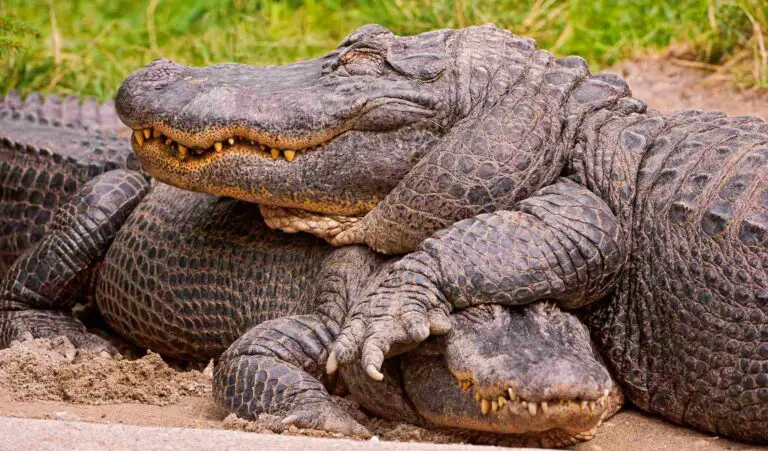Gray Fox Range, Facts, Characteristics and Full Description
The gray fox (Urocyon cinereoargenteus) is a carnivorous mammal with a diverse diet and a wide geographic range spanning North and Central America. It exhibits various adaptations such as excellent climbing ability and keen senses, contributing to its survival in diverse habitats. However, gray fox populations face threats from habitat loss, fragmentation, and human disturbance. They are not suitable as pets due to their wild instincts and aggressive behavior, and conservation efforts are needed to ensure their long-term survival.
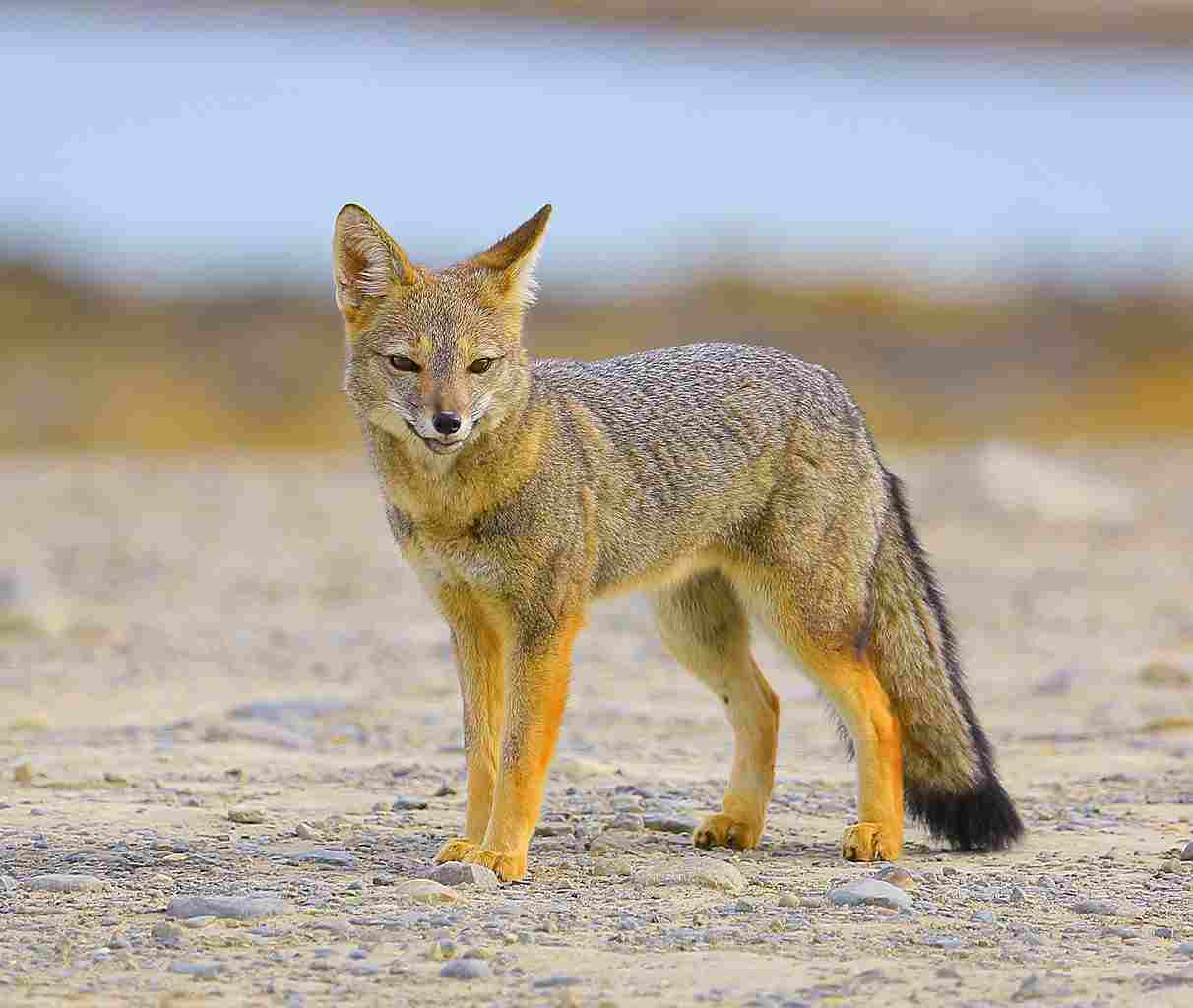
*Gray Fox Facts
| Criteria | Details |
| Scientific Classification |
Kingdom: Animalia
Phylum: Chordata
Class: Mammalia
Order: Carnivora
Family: Canidae
Genus: Urocyon
Species: Urocyon cinereoargenteus
|
| Subspecies |
Several recognized subspecies, including Urocyon cinereoargenteus borealis, U. c. californicus, U. c. floridanus
|
| Size and Weight |
Typically weigh 3.6 to 7 kilograms (8 to 15 pounds), length 76 to 112 centimeters (30 to 44 inches) including tail
|
| Appearance and Identification |
Grizzled gray fur, black-tipped tail, reddish hue on ears, legs, and sides. Distinctive black stripe along the top of the tail
|
| Dentition and Bite Force |
Sharp, pointed teeth for capturing prey, strong bite force for prey dispatch and nut cracking
|
| Diet |
Opportunistic feeders consuming small mammals, birds, insects, fruits, and occasionally carrion
|
| Behavior |
Primarily crepuscular and nocturnal, solitary except during breeding season, use dens for shelter
|
| Sounds/Vocalization |
Vocalizations include barks, yips, whines, and growls for communication and social interactions
|
| Habitat |
Inhabit a wide range of habitats including forests, woodlands, brushy areas, grasslands, and desert edges
|
| Geographic Range and Distribution |
Native to North and Central America, from southern Canada to northern Venezuela and Colombia
|
| Tracks |
Four-toed tracks with claw marks, resembling domestic dogs but narrower and more elongated
|
| Reproduction |
Breeding occurs late winter to early spring, females give birth to litters of 1 to 7 pups
|
| Lifespan |
Typically live for 6 to 8 years in the wild, influenced by predation, disease, and habitat quality
|
| Major Adaptations |
Excellent climbing ability, keen senses of hearing, smell, and sight
|
| Conservation Status |
Varied conservation status among subspecies and regions, facing threats such as habitat loss, fragmentation, urbanization, and disease
|
| Domestication and Suitability as a Pet |
Not suitable as pets due to retaining wild instincts and potential for aggressive behavior. Often illegal to keep as pets
|
1). Scientific Classification:
Kingdom: Animalia
Phylum: Chordata
Class: Mammalia
Order: Carnivora
Family: Canidae
Genus: Urocyon
Species: Urocyon cinereoargenteus
2). Subspecies:
Details: Gray foxes have several recognized subspecies, including Urocyon cinereoargenteus borealis, Urocyon cinereoargenteus californicus, and Urocyon cinereoargenteus floridanus, among others.
Importance: Subspecies of gray foxes often have distinct genetic traits and adaptations tailored to their specific environments, contributing to biodiversity within the species.
Ecological Implications: Understanding the distribution and characteristics of different subspecies helps conservationists tailor conservation efforts to protect each population’s unique genetic diversity and habitat needs.
3). Size and Weight:
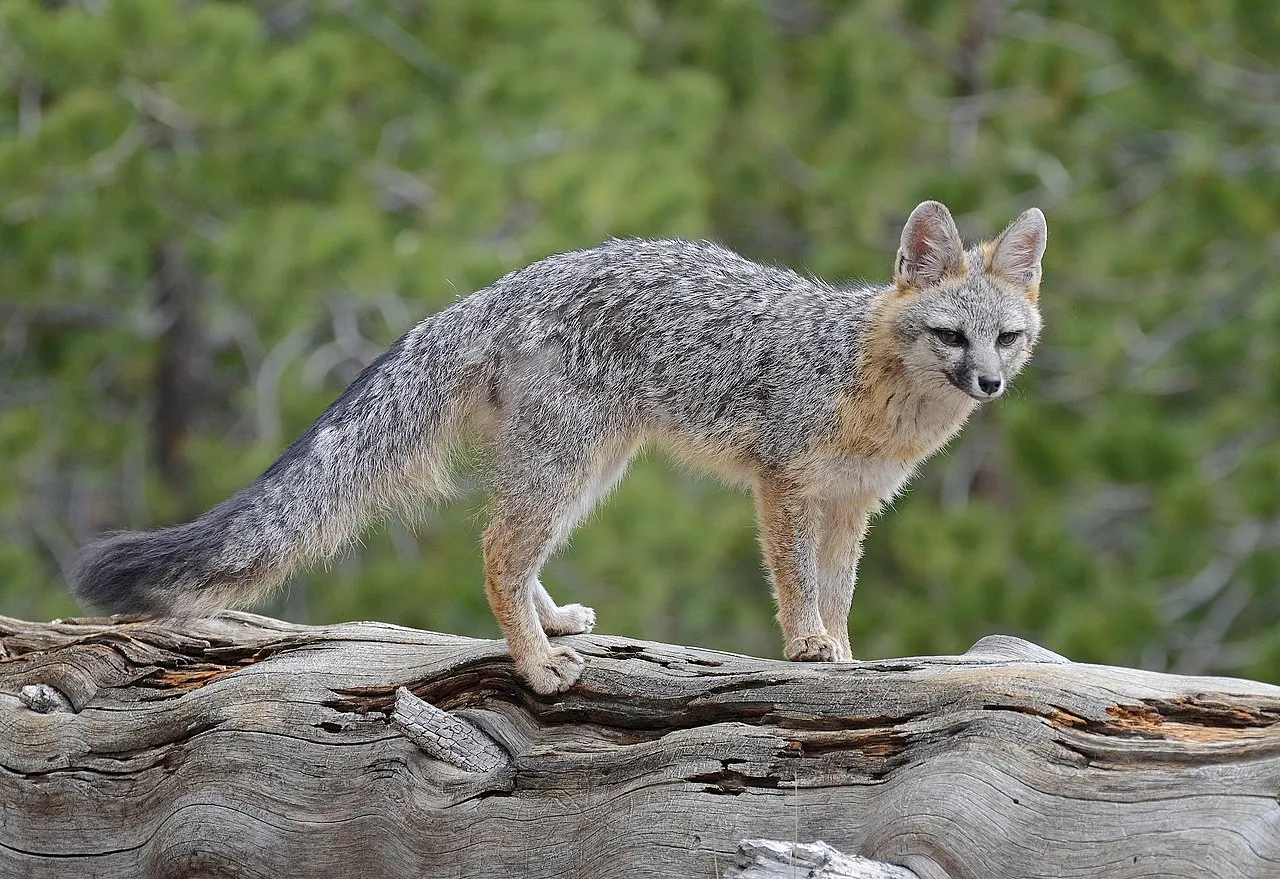
Details: Gray foxes typically weigh between 3.6 to 7 kilograms (8 to 15 pounds) and measure about 76 to 112 centimeters (30 to 44 inches) in length, including their tail.
Importance: Understanding the size and weight of gray foxes aids researchers in assessing their ecological roles, such as predator-prey dynamics and competition with other species.
Ecological Implications: Size and weight influence gray foxes’ hunting capabilities, energy requirements, and interactions with their environment, ultimately shaping their ecological impact within their ecosystems.
4). Appearance and Identification:
Details: Gray foxes have a unique appearance characterized by grizzled gray fur, a black-tipped tail, and a reddish hue on their ears, legs, and sides. They also have a distinctive black stripe running along the top of their tail.
Importance: Recognizing the distinct features of gray foxes allows researchers and wildlife enthusiasts to accurately identify them in the wild and differentiate them from other canid species.
Ecological Implications: Gray foxes’ appearance influences their camouflage, predator avoidance strategies, and social interactions, impacting their survival and role within their ecosystems.
5). Dentition and Bite Force:
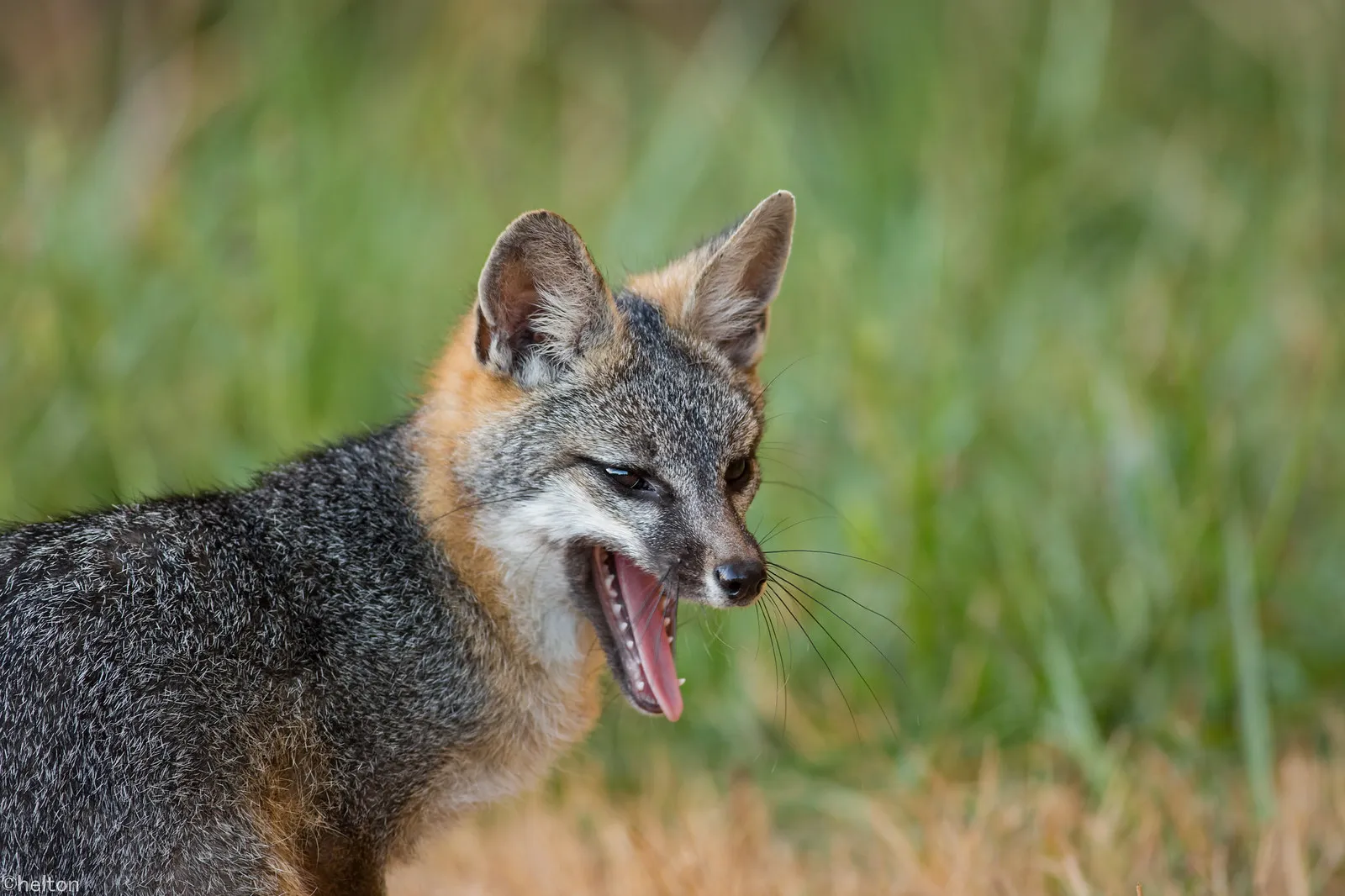
Details: Gray foxes have sharp, pointed teeth adapted for capturing and consuming a variety of prey, including small mammals, birds, insects, and fruits. Their bite force is strong enough to efficiently dispatch prey and crack open nuts.
Importance: Understanding gray foxes’ dentition and bite force provides insight into their feeding behavior, dietary preferences, and ecological niche.
Ecological Implications: Gray foxes’ dental adaptations enable them to exploit a diverse range of food resources, influencing prey populations and plant communities within their habitats. Additionally, their ability to consume fruits contributes to seed dispersal and plant regeneration processes, affecting ecosystem dynamics.
6). Diet:
Details: Gray foxes are opportunistic feeders with a diverse diet that includes small mammals, birds, insects, fruits, and occasionally carrion. They are also known to consume vegetation such as berries and nuts.
Importance: Gray foxes play a crucial role in controlling populations of small mammals and insects, helping to maintain ecosystem balance. Their consumption of fruits and seeds also contributes to seed dispersal and plant diversity.
Ecological Implications: Variation in gray fox diets can influence the abundance and distribution of prey species, affecting predator-prey dynamics and ecosystem structure. Additionally, their foraging behavior can impact plant communities through seed dispersal and herbivory.
7). Behavior:
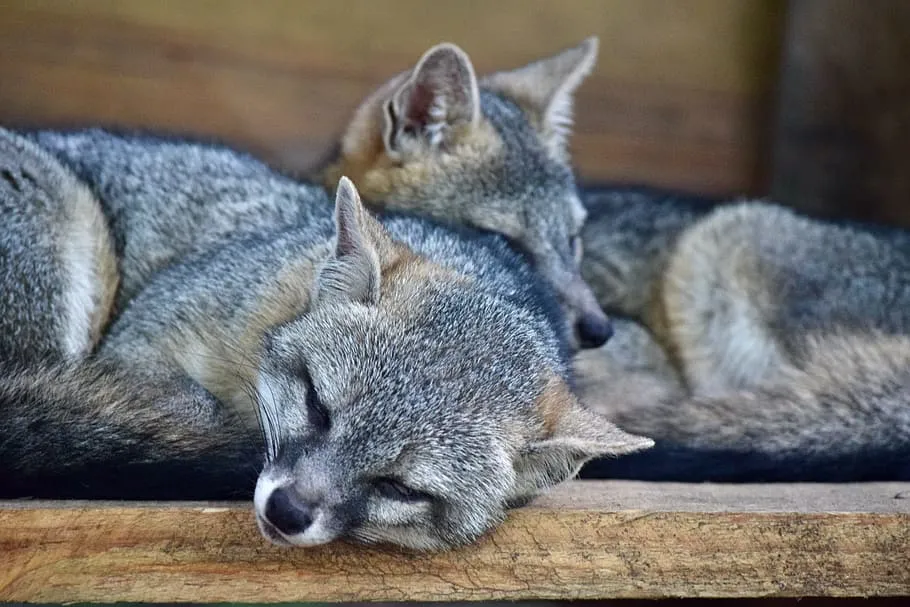
Details: Gray foxes are primarily crepuscular and nocturnal, but they may also be active during the day, especially in areas with minimal human disturbance. They are solitary animals, except during the breeding season, and use dens for shelter.
Importance: Understanding gray fox behavior helps researchers assess their habitat requirements, social dynamics, and interactions with other species.
Ecological Implications: Gray fox behavior influences their hunting strategies, habitat selection, and reproductive success, ultimately shaping their ecological role within their ecosystems. Additionally, their activity patterns can affect interactions with diurnal and nocturnal species sharing the same habitat.
8). Sounds/Vocalization:
Details: Gray foxes produce a variety of vocalizations, including barks, yips, whines, and growls. These vocalizations are used for communication between individuals, particularly during territorial disputes, mating, and parental care.
Importance: Vocalizations play a crucial role in gray fox social interactions, territorial defense, and reproductive behavior.
Ecological Implications: Gray fox vocalizations can signal their presence to conspecifics and other species, influencing interspecific interactions and predator avoidance strategies. Additionally, vocalizations may play a role in maintaining social cohesion within gray fox populations, contributing to their ecological resilience.
9). Habitat:

Details: Gray foxes inhabit a wide range of habitats, including forests, woodlands, brushy areas, grasslands, and desert edges. They are adaptable and can thrive in both natural and human-modified landscapes.
Importance: Understanding gray fox habitat preferences helps conservationists identify key areas for protection and management to ensure their long-term survival.
Ecological Implications: Gray fox habitat use affects their access to resources, interactions with other species, and vulnerability to anthropogenic threats such as habitat loss and fragmentation. Conservation efforts aimed at preserving diverse habitat types can benefit gray fox populations and the broader ecosystem.
10). Geographic Range and Distribution:
Details: Gray foxes are native to North and Central America, with a range extending from southern Canada to northern Venezuela and Colombia. They inhabit a variety of habitats, including forests, grasslands, deserts, and urban areas.
Importance: Understanding the geographic distribution of gray foxes helps researchers assess population trends, connectivity between populations, and potential conservation priorities.
Ecological Implications: Gray fox distribution influences their interactions with other species, including competitors, predators, and prey. Changes in their range can indicate shifts in habitat suitability, population dynamics, and responses to environmental pressures such as climate change and habitat alteration.
11). Tracks:
Details: Gray fox tracks typically show four toe pads with claw marks, resembling those of domestic dogs but with narrower toe pads and a more elongated appearance. They often exhibit a diagonal walking pattern.
Importance: Identifying gray fox tracks allows researchers and wildlife enthusiasts to track their movements, assess their presence in an area, and study their behavior.
Ecological Implications: Tracking gray foxes provides valuable information on their habitat use, foraging behavior, and interactions with other wildlife species. Additionally, monitoring track patterns can help detect changes in gray fox populations and distribution over time.
12). Reproduction:
Details: Gray foxes typically breed from late winter to early spring, with a gestation period of about 53 days. Females give birth to litters of 1 to 7 pups, with an average litter size of 3 to 4. Pups are born blind and dependent on their mother for several weeks.
Importance: Understanding gray fox reproduction is essential for managing populations, assessing reproductive success, and implementing conservation strategies.
Ecological Implications: Gray fox reproduction influences population dynamics, genetic diversity, and demographic trends within their ecosystems. Successful reproduction ensures the persistence of gray fox populations and contributes to their role as predators and ecosystem engineers.
13). Lifespan:
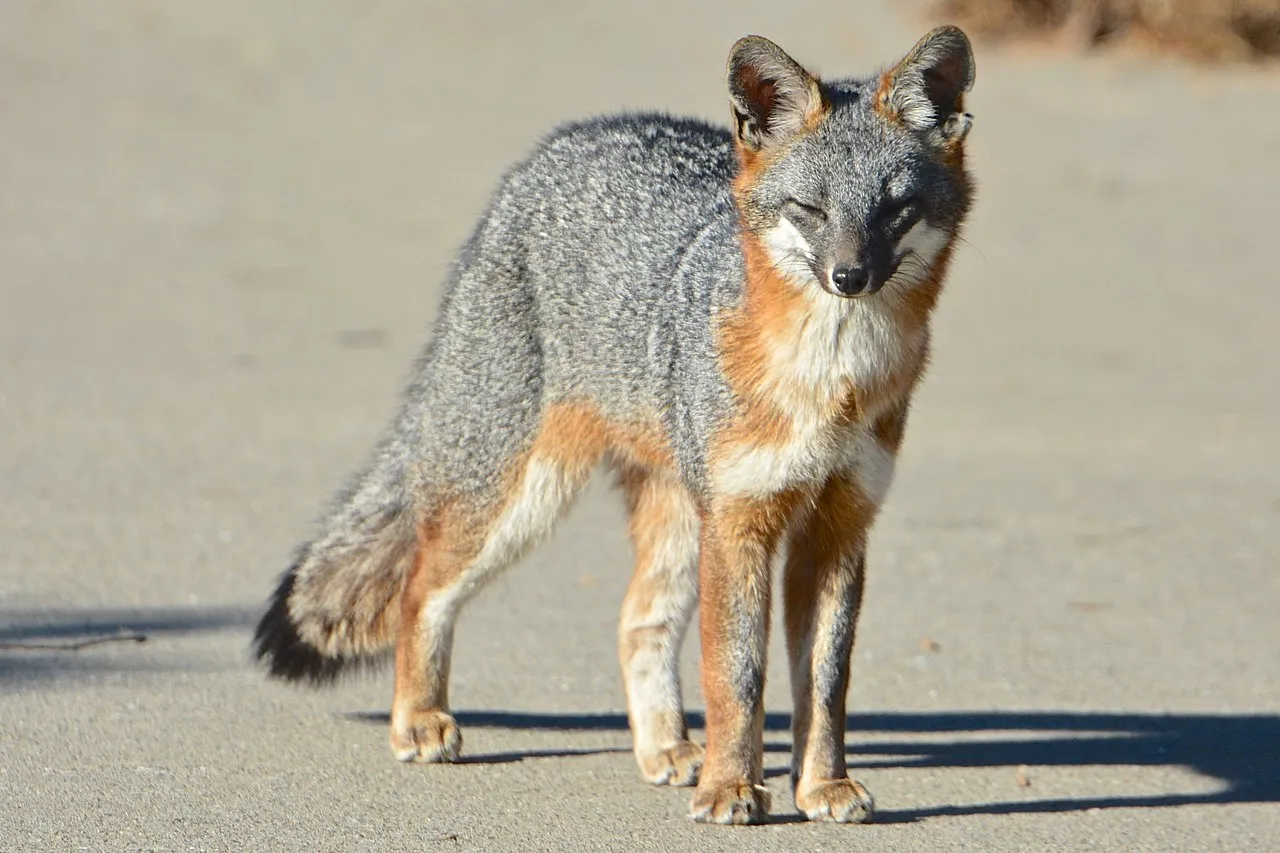
Details: In the wild, gray foxes typically live for 6 to 8 years, although some individuals may survive up to 10 years or more. Factors such as predation, disease, and habitat quality can influence lifespan.
Importance: Knowledge of gray fox lifespan aids in demographic studies, population modeling, and conservation planning.
Ecological Implications: Gray fox lifespan affects population turnover rates, recruitment of new individuals, and overall population stability. Understanding factors that influence lifespan can inform management strategies aimed at promoting gray fox survival and population resilience.
14). Major Adaptations:
Details: Gray foxes have several adaptations that help them thrive in diverse environments, including their excellent climbing ability, which allows them to escape predators and access arboreal prey. They also have keen senses of hearing, smell, and sight, aiding in detecting prey and avoiding danger.
Importance: These adaptations enhance gray foxes’ survival and hunting success, enabling them to exploit a wide range of food resources and habitats.
Ecological Implications: Gray fox adaptations influence their ecological role as predators and ecosystem engineers. Their climbing ability, for example, may affect prey populations and plant communities in both terrestrial and arboreal habitats. Additionally, their sensory capabilities play a crucial role in detecting and responding to environmental cues, shaping their interactions with other species and their overall impact on ecosystem dynamics.
15). Conservation Status:
Details: The conservation status of gray foxes varies among subspecies and regions. While some populations are considered stable, others face threats such as habitat loss, fragmentation, urbanization, road mortality, and disease.
Importance: Assessing the conservation status of gray fox populations helps prioritize conservation efforts and implement management strategies to mitigate threats and promote their long-term survival.
Ecological Implications: Conservation actions aimed at protecting gray fox habitats and reducing human-induced threats can have positive cascading effects on ecosystem health and biodiversity. Preserving gray fox populations contributes to maintaining balanced predator-prey dynamics and ecosystem stability.
16). Domestication and Suitability as a Pet:
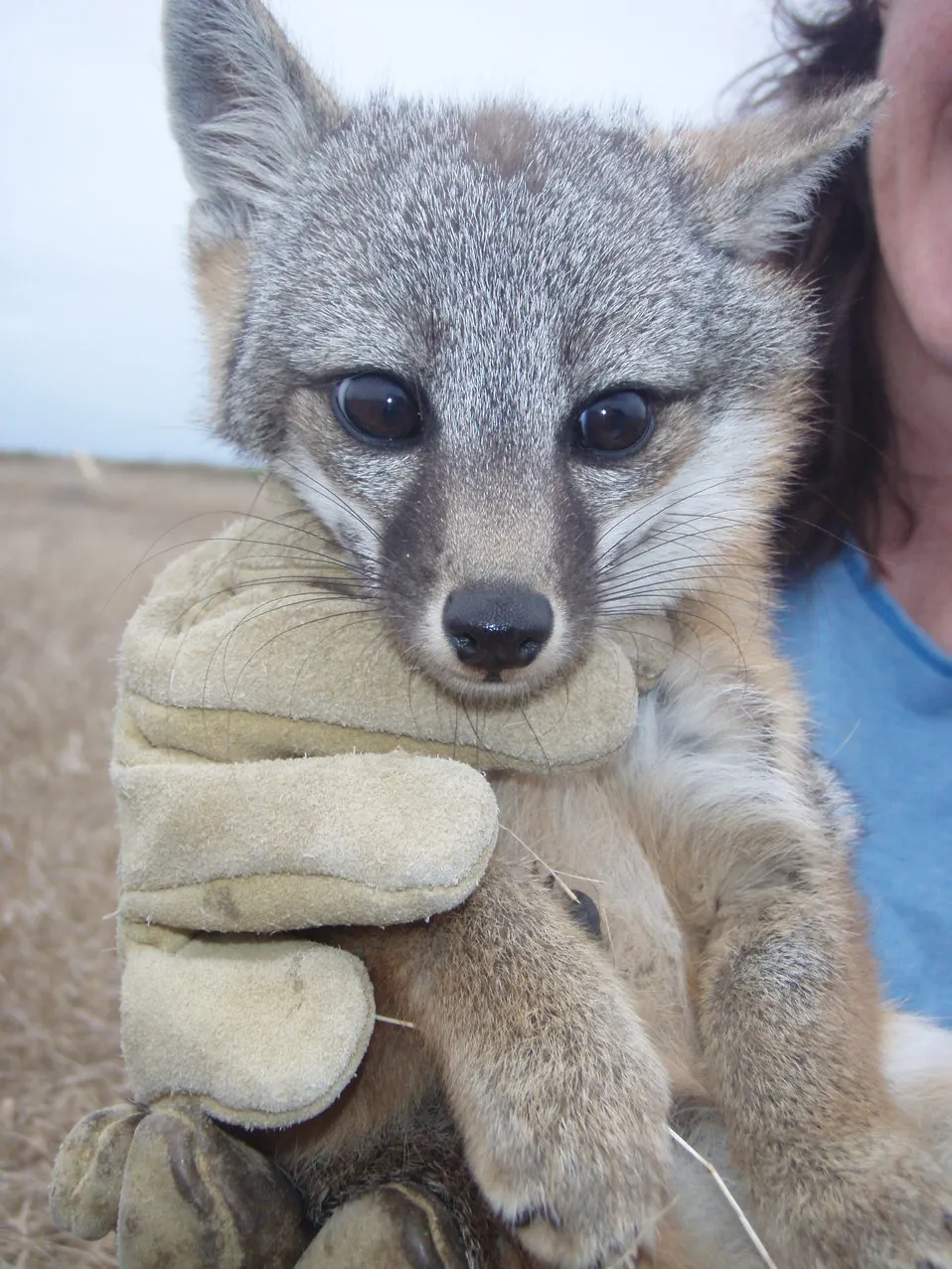
Details: Gray foxes are not typically domesticated and are not suitable as pets. While they may appear docile, they retain their wild instincts and can exhibit aggressive behavior, especially as they mature. In many regions, it is illegal to keep gray foxes as pets due to regulations concerning wildlife ownership.
Importance: Recognizing the unsuitability of gray foxes as pets helps prevent potential harm to both humans and the animals themselves.
Ecological Implications: Discouraging the illegal pet trade of gray foxes preserves wild populations and reduces the risk of introducing diseases and genetic issues associated with captive breeding. Additionally, promoting responsible pet ownership practices fosters respect for wildlife and encourages conservation awareness among the public.
*Summary of Gray Fox Information
Scientific Classification:
Kingdom: Animalia
Phylum: Chordata
Class: Mammalia
Order: Carnivora
Family: Canidae
Genus: Urocyon
Species: Urocyon cinereoargenteus
Subspecies:
Gray foxes have several recognized subspecies, including Urocyon cinereoargenteus borealis, Urocyon cinereoargenteus californicus, and Urocyon cinereoargenteus floridanus.
Size and Weight:
Gray foxes typically weigh between 3.6 to 7 kilograms (8 to 15 pounds) and measure about 76 to 112 centimeters (30 to 44 inches) in length, including their tail.
Appearance and Identification:
Grizzled gray fur, black-tipped tail, reddish hue on ears, legs, and sides.
Distinctive black stripe along the top of the tail.
Dentition and Bite Force:
Sharp, pointed teeth adapted for capturing small mammals, birds, insects, and fruits.
Strong bite force for efficient prey dispatch and nut cracking.
Diet:
Opportunistic feeders consuming small mammals, birds, insects, fruits, and occasionally carrion.
Behavior:
Primarily crepuscular and nocturnal, solitary except during breeding season, use dens for shelter.
Sounds/Vocalization:
Vocalizations include barks, yips, whines, and growls for communication and social interactions.
Habitat:
Inhabit a wide range of habitats including forests, woodlands, brushy areas, grasslands, and desert edges.
Geographic Range and Distribution:
Native to North and Central America, from southern Canada to northern Venezuela and Colombia.
Tracks:
Tracks show four toe pads with claw marks, resembling those of domestic dogs but with narrower toe pads and a more elongated appearance.
Reproduction:
Breeding occurs from late winter to early spring, with females giving birth to litters of 1 to 7 pups.
Lifespan:
Typically live for 6 to 8 years in the wild, influenced by factors such as predation, disease, and habitat quality.
Major Adaptations:
Excellent climbing ability, keen senses of hearing, smell, and sight.
Conservation Status:
Varied conservation status among subspecies and regions, facing threats such as habitat loss, fragmentation, urbanization, and disease.
Domestication and Suitability as a Pet:
Not suitable as pets due to retaining wild instincts and potential for aggressive behavior. Keeping gray foxes as pets is often illegal.


